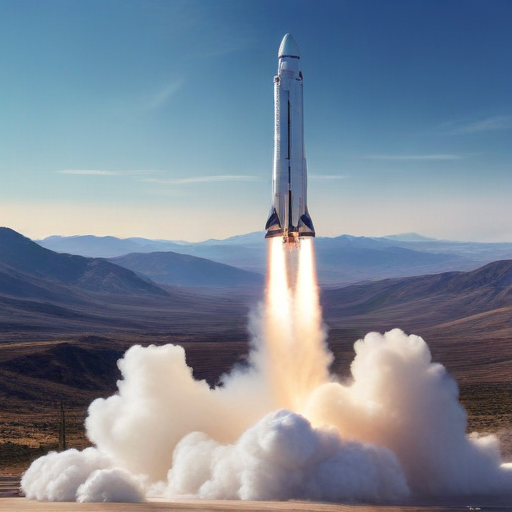BREMEN, Germany — SpaceX successfully conducted the sixth test flight of its Starship vehicle on November 19, but did not attempt to land the Super Heavy booster back at the launch site as initially planned.
The Starship/Super Heavy vehicle took off from SpaceX’s Starbase in Boca Chica, Texas, at 5 p.m. Eastern Time, marking a smooth launch at the start of a 30-minute window. Among the significant attendees was President-elect Donald Trump, who has developed a close relationship with SpaceX CEO Elon Musk following the recent election.
About two minutes and 45 seconds post-liftoff, the Super Heavy booster, designated as Booster 13, successfully separated from the Starship upper stage. However, shortly after separation, controllers declared a “booster offshore divert,” indicating that the booster would not return to the launch pad as originally intended. The reason for this diversion was not disclosed, but the booster ultimately made a powered descent in the Gulf of Mexico, tipping over and exploding shortly after landing—a minor setback for SpaceX considering the successful catch of the booster on its previous flight on October 13.
On a positive note, the Super Heavy successfully delivered the Starship upper stage, known as Ship 31, onto a suborbital trajectory. During its flight, SpaceX conducted a brief reignition of one of the Raptor engines, a necessary test for future deorbit burns.
Upon reentry over the Indian Ocean, SpaceX had announced changes to the reentry profile to intentionally test the limits of the vehicle’s flap control, as well as using an older thermal protection system than in the previous mission. Kate Tice, one of the webcast hosts, cautioned viewers that the flight might be challenging, as they were striving to push the vehicle’s capabilities.
Notably, Starship survived reentry intact, although it showed signs of damage to one of the flaps and other thermal protection components. Approximately 65 and a half minutes after liftoff, it achieved a powered soft landing in the ocean, tipping onto its side and remaining on the surface. The afternoon launch provided daylight for better video capture of the event.
SpaceX plans to integrate upgrades into the next iteration of the Starship upper stage, including elongating the vehicle for larger propellant tanks, which will allow for an increase in payload capacity from 1,200 to 1,500 tons. The design will also feature modified forward flaps for improved thermal protection during reentry. While no launch date has been announced, the quick turnaround for this latest test flight was facilitated by the company’s existing FAA launch license, which also covered this mission due to minimal changes from the previous flight.
This latest test demonstrates SpaceX’s commitment to innovation and iterative development, with each flight providing invaluable data that moves the company closer to its goals of reusability and efficiency.
In summary, while there were challenges during the sixth test flight of Starship, including the unexpected booster diversion, significant progress was made in testing the vehicle’s systems, marking another step forward in SpaceX’s ambitious plans for space exploration.
